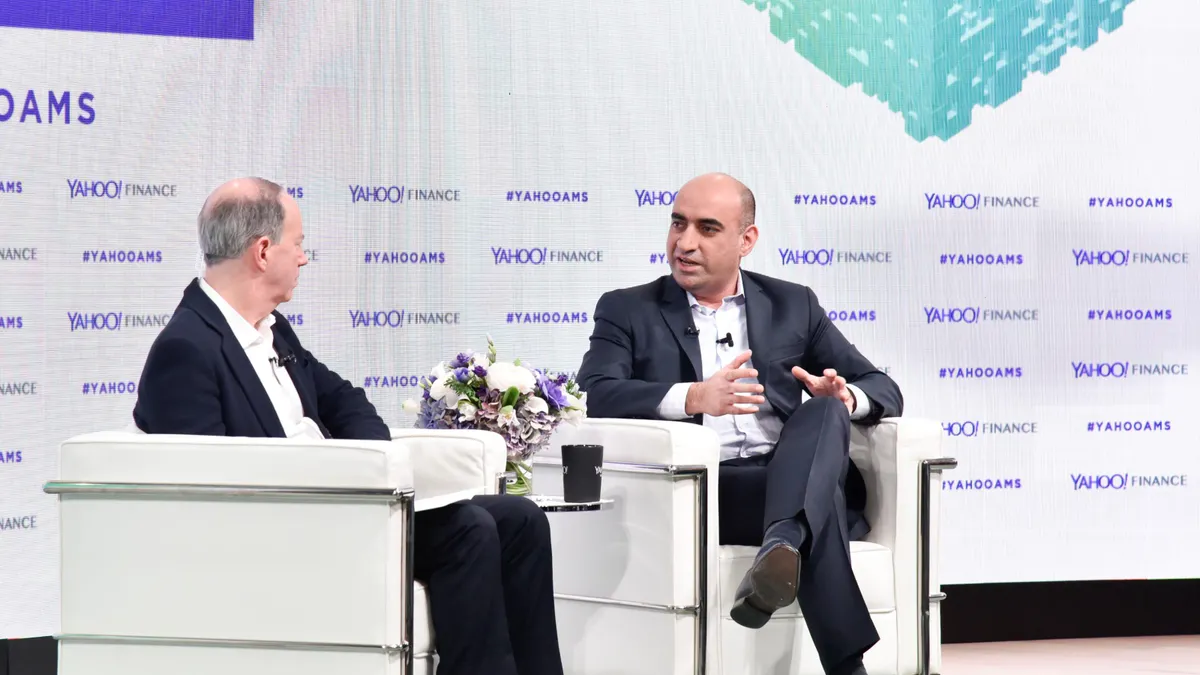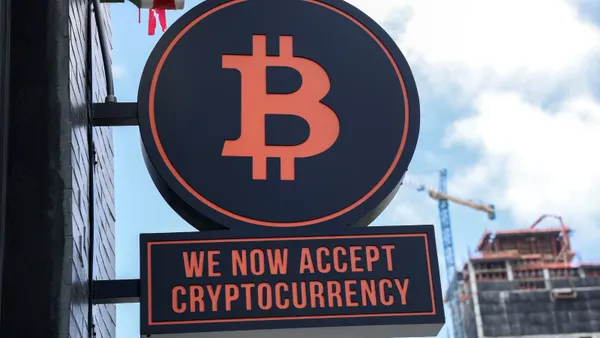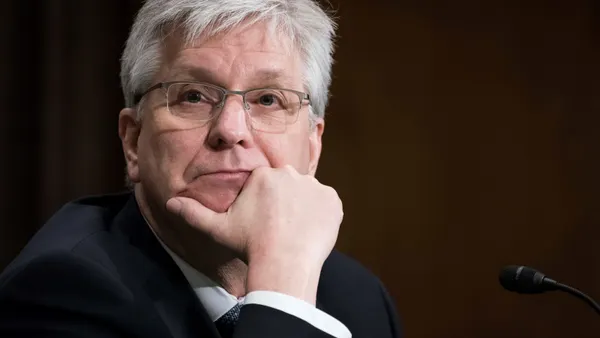A profusion of new stablecoins from numerous issuers could potentially turn the digital currency into a loyalty points scheme rather than money, a JPMorgan Chase executive said Wednesday.
“Everyone and their uncle” is attempting to launch a stablecoin, Umar Farooq, the global co-head of JPMorgan Payments, said during a panel discussion on the future of payments and decentralized finance at the Federal Reserve Bank of Philadelphia’s annual fintech conference.
“And if that’s the trend that continues, you’re going to end up with a lot of stablecoins looking more like loyalty points than money, because then what do you do?” he said. “You show up to a coffee shop and then you figure out which dollar you’re going to use there today. That sounds like having airline miles.”
Farooq’s comments came the same day JPMorgan Chase formally launched its U.S. dollar deposit token, JPM Coin (JPMD), offering that token for institutional clients to use on the Ethereum-Coinbase blockchain Base. The deposit token – which JPMorgan Chase stressed is not a stablecoin – offers the bank’s clients an option to make native digital payments on the public blockchain.
A JPMorgan Chase spokesperson said in an email that several customers, including cryptocurrency exchange Coinbase and and card network Mastercard, had successfully “completed near-instant issuance and redemption” of JPMD on Base since the bank announced the token in June. The deposit token is not available to the general public, unlike stablecoins such as PayPal Holdings’ PYUSD and Circle Internet Group’s USDC.
Farooq also said that digital currencies issued by major banks will need to gain the same sort of unified structure that the Federal Reserve imbues with dollars. JPMorgan is the largest U.S. bank.
“Every bank's (digital) money is slightly different from every other bank's money, despite the fact that they are dollars and the Fed actually plays, ultimately, the role of creating the singleness of money across those institutions,” he said, as the “underlying foundation for all their monies.”
A similar dynamic will need to occur “in the new digital age” for stablecoins, Farooq said.
“You want to basically maintain the singleness of money to some extent,” he said. “And the way we do it right now is we will have a deposit token, but then if you really want to get to Citi, you would have to then move it back to regular dollars going out to Citi. It's not going to be the deposit token going to Citi. Because what does it mean for a Citi client to hold a JPMorgan token?
“I think it starts getting into some really complex stuff that those of us who are payment nerds really love to discuss but in reality most people don’t want to see,” he quipped.
On a separate topic, Sergey Nazarov, the co-founder of blockchain services startup Chainlink Labs, said that software embedded within digital “smart contracts” can prevent the type of “fat-finger error” last month in which Paxos Trust mistakenly minted $300 trillion of PayPal’s PYUSD stablecoin.
A contract could be programmed to contain a reserve authentication requirement to check an institution’s underlying assets before a coin or payment is issued, he said.
“That’s what's going to happen more and more in the financial system and in the payments world, is this programmability, giving you new features, as well as giving you a lot of protection and risk reduction,” Nazarov said.












